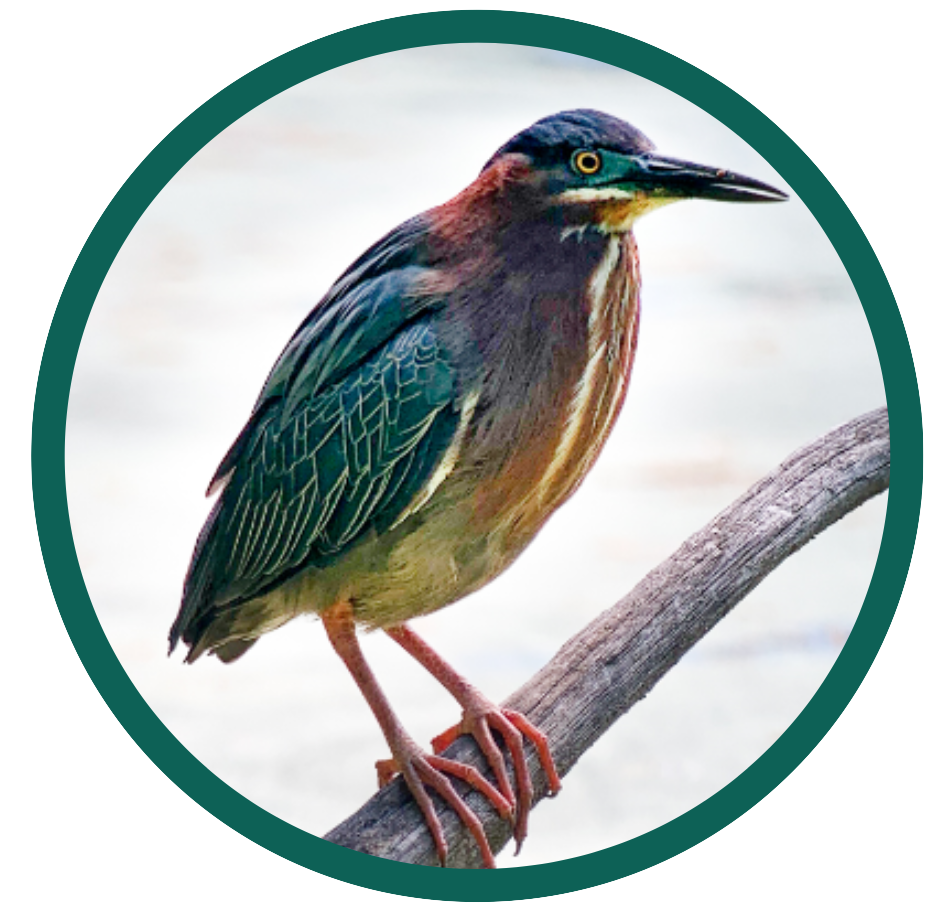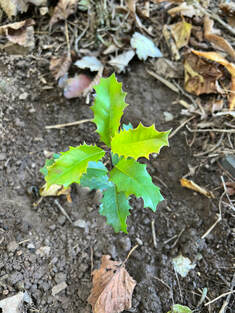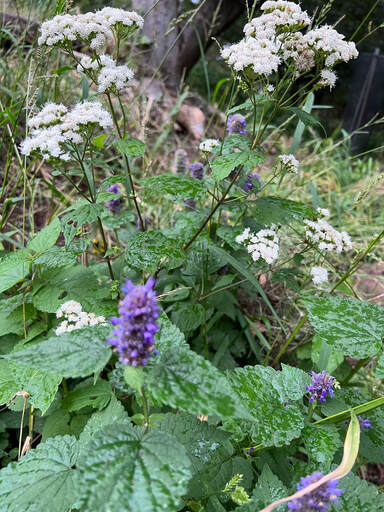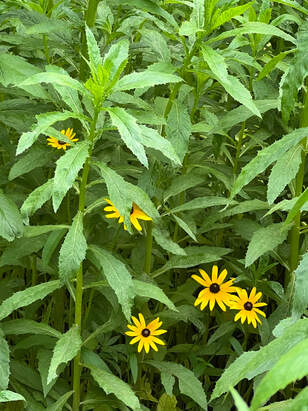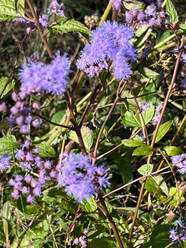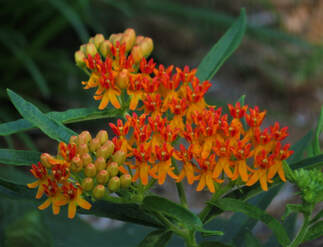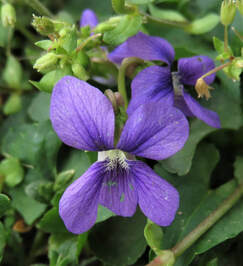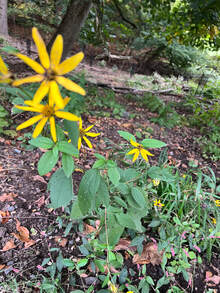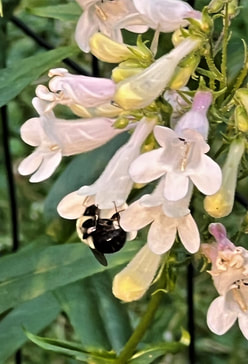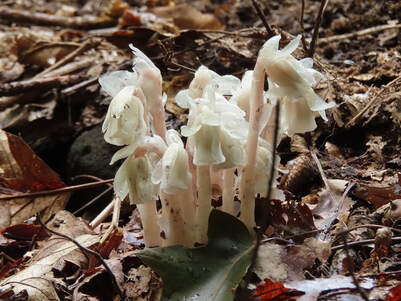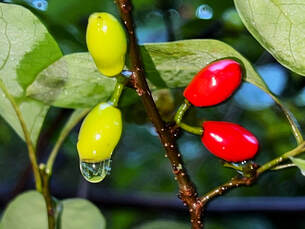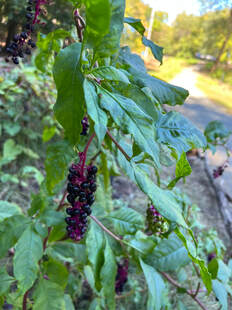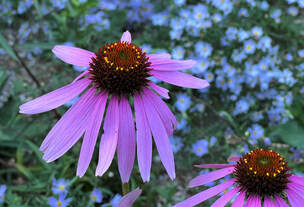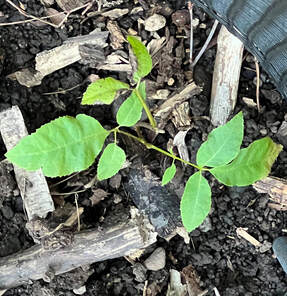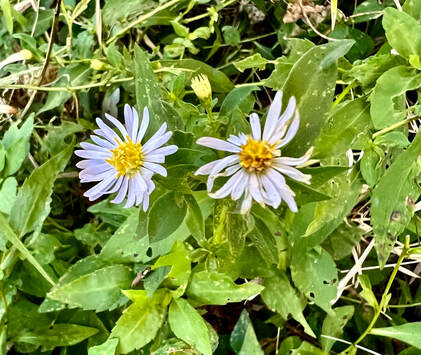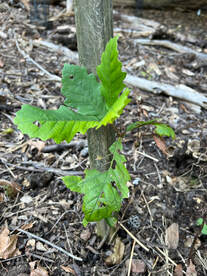Returning Native Plants
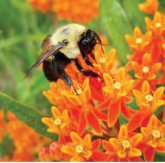
Restoration of Brightwood Park is underway... one native plant at a time! In just three years, quite a variety of native plants have reappeared:
Below are just some of the native plants in Brightwood Park. See how many native plants you can find and identify! If you spot one not identified here, take a photo and email us. We will post it! |
Vertical Divider
ResourcesThis new native plant guide for school yards was just published and shared. I think it is a wonderful resource!!!
Bianca |
